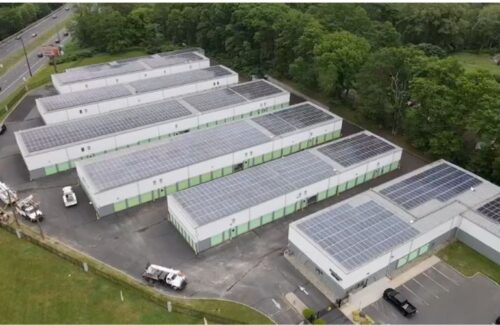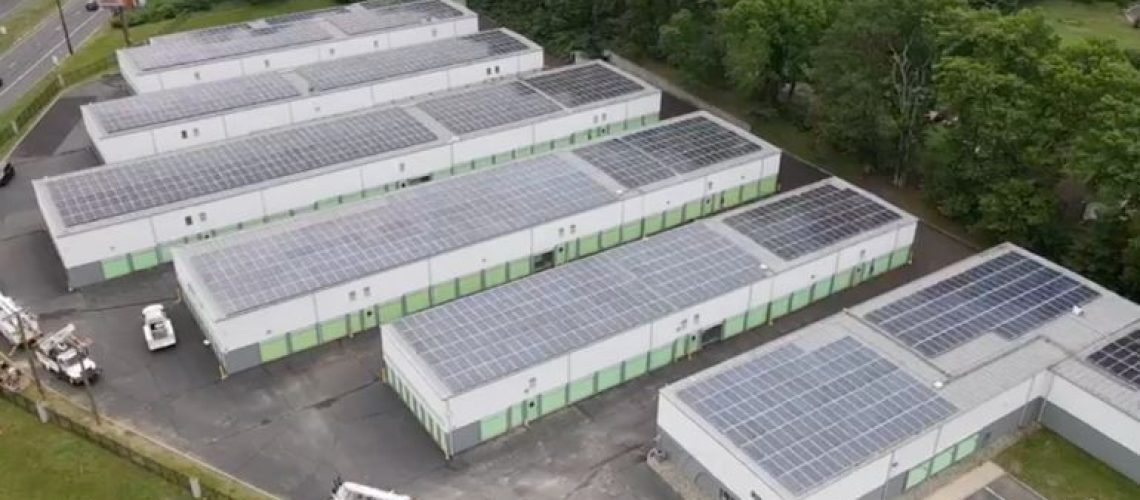 Solar Landscape announced that it has completed construction on the first of 46 community solar projects approved by the New Jersey Board of Public Utilities (NJBPU) in Year 2 of the Community Solar Energy Pilot Program.
Solar Landscape announced that it has completed construction on the first of 46 community solar projects approved by the New Jersey Board of Public Utilities (NJBPU) in Year 2 of the Community Solar Energy Pilot Program.
New Jersey’s first completed Year 2 project is located on an Extra Space Storage site in Neptune, one of 10 sites owned by the company that is hosting community solar Year 2 projects with Solar Landscape. Extra Space Storage’s total 6.5-MW community solar portfolio will cover 800,000 sq. ft of rooftop solar that will power over 1,400 nearby homes.
“We are thrilled to be involved in this community solar project. At Extra Space Storage, we have been equipping our locations with solar for over a decade, and this new effort to bring solar power to the local community is an exciting development,” said McKall Morris, senior manager of communications and sustainability. “Partnering with Solar Landscape on this project aligns perfectly with our commitments to be good corporate citizens and to participate in environmental initiatives that are positive for our communities, customers, employees and shareholders.”
NJBPU’s Community Solar Energy Pilot Program, part of Governor Murphy’s clean energy agenda, expands access to renewable energy for those who previously could not install solar panels for reasons such as high costs, lack of roof control or a shaded property.
The Neptune community solar site will generate approximately 500 kW of energy, with the other nine sites located in New Jersey towns spanning seven counties:
- Egg Harbor
- Ho Ho Kus
- Jersey City
- Lawrence
- Parlin
- Old Bridge
- Iselin
- Neptune
- Hazlet
- Toms River
The diversity of these towns underscores the innovation of New Jersey’s community solar program, which enables the commercial real estate sector to contribute meaningfully to lowering carbon emissions by installing panels on their entire roof, not just the portion that covers the building’s energy needs. The program also allows the commercial sector to play a role in expanding energy equity by making it possible for community solar subscribers – the majority of whom are lower-income – to power their homes with renewable energy and participate in the fight against climate change.
News item from Solar Landscape



